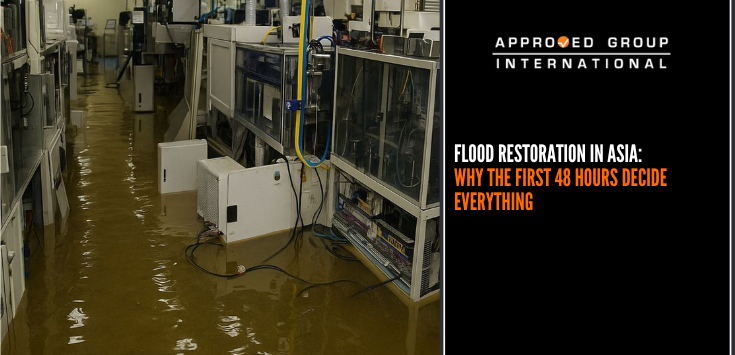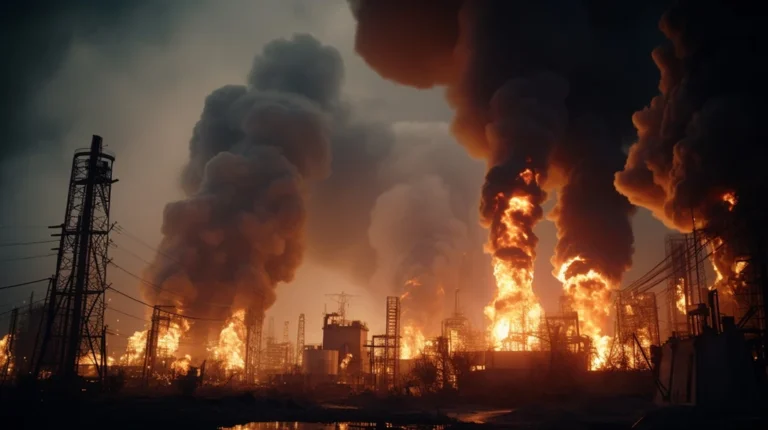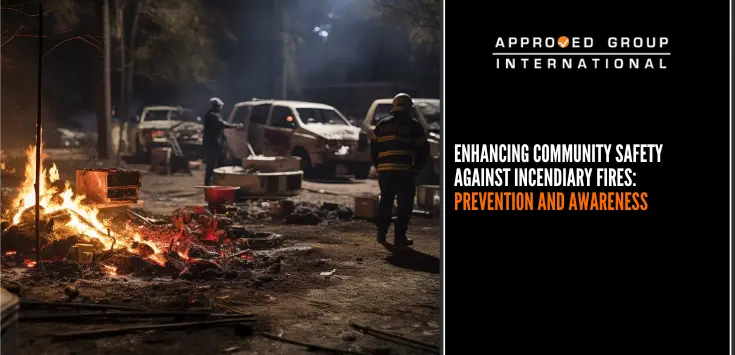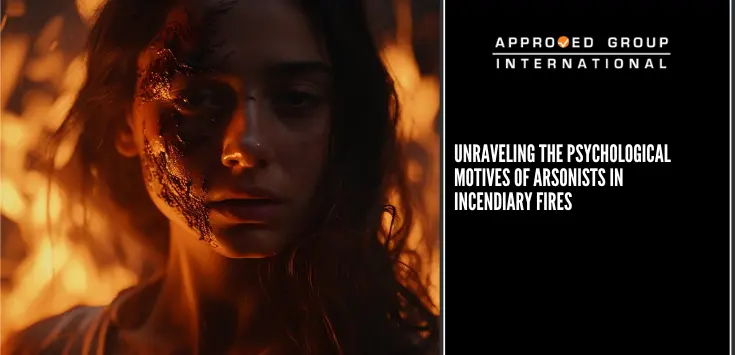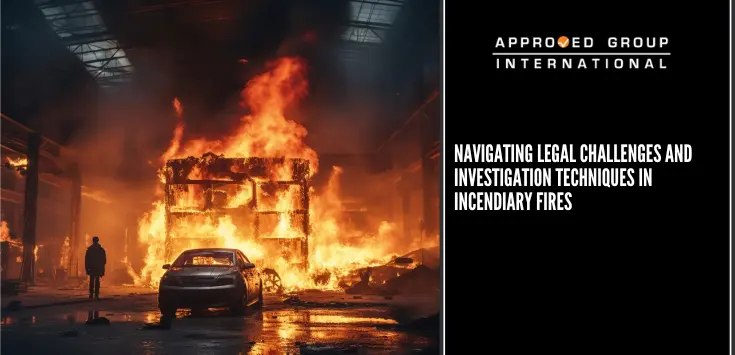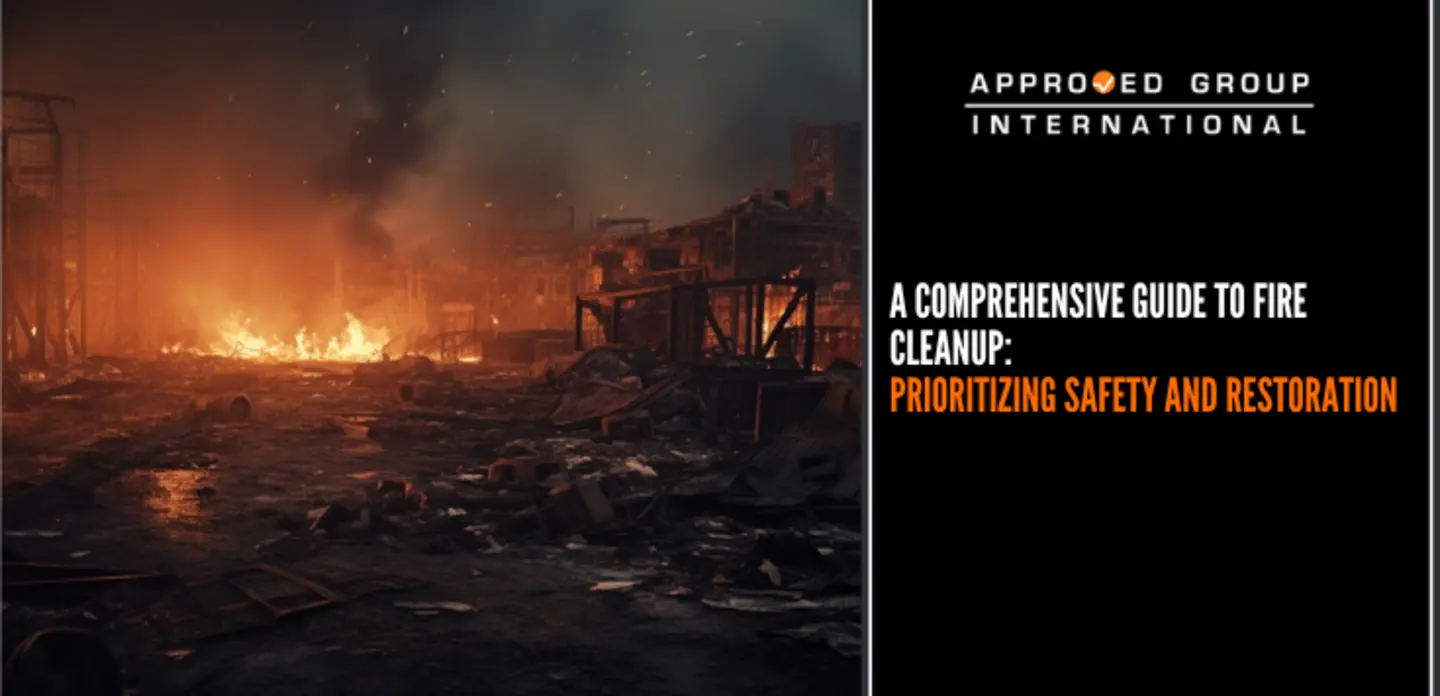For a long time, the forensic science fire forensic community has been looking into ways to improve fire investigation, especially in the identification of fire origin. Although building its “foundations” has not been easy, we can see that fire forensic science has been undergoing transformation as legal and scientific paradigms converge, forcing fire forensic to evolve from practical knowledge towards a scientific foundation. In order to continue to build on this movement, capabilities such as interpreting fire patterns need further attention.
Fire Patterns – Not a One-Dimensional Phenomena
Fire pattern analysis is the systemic approach to determining the cause and origin of fire. The methodology allows fire investigators to trace the path of fire by tracing its patterns, which can be an exceedingly critical task, to begin with. Although factors such as buildings’ geometry, the burning materials, access, ventilations, and fire-fighting actions add to the difficulty, having the awareness that different forces produce different fire patterns can certainly help fire investigators identify and determine where the fire started. So, here are some foundations to fire patterns analysis:
- Avoid jumping into conclusions.
When interpreting fire patterns, fire investigators must be willing to keep an open mind and adhere to the systemic method instead of drawing conclusions about the fire cause. In fire forensic science, it is crucial to determine the origin of fire before assuming “what could be” the cause of the fire. In other words, if a fire investigator neglects the method by looking at all the wrong areas, his cause determination will most likely be faulty.
Although fire patterns identified at a fire scene can be of great value in a fire investigation, chances are – these patterns or indicators could have been created in different ways. In other words, these patterns are not absolute. It is the culmination of fire patterns at the fire scene that a fire investigator should use to identify the origin or cause of the fire. Not a single indicator or pattern can be used to the exclusion of another. While the origin of fire or series of events that caused a fire pattern remains unknown, the observed damages should not be dismissed. Rather, it should be taken into account and compared with other patterns that are observed at the fire scene.
- Patterns are pointers.
Another primary tenet of the analysis is understanding that fire patterns represent the history of fire. As fires burn, predictable patterns are produced on materials. All things being equal in fire forensic science, when fires burn near or at the point origin evidently longer than at other areas, it is indicative that the destruction and history of fire should come from that point of burn. In the event of successfully identifying fire patterns, a further examination should be carried out in the suspected area of fire origin. At this stage, if the fire scene appears determined to have involved an arson or other crimes, the fire investigator must immediately address the legal requirements for search, scene access, and evidence seizure.
- Understand the physics and chemistry of fire.
Fire patterns, however, can be cumulative in some fire incidents which can result in an overlay of multiple patterns, one atop another. Other fuels may become involved and ventilation conditions can possibly change as the fire progresses. Therefore, fire investigators should take these into consideration as they examine fire patterns and assign values to them appropriately. Such deliberation in fire forensic science requires fire investigators to fully comprehend the physics and chemistry of fire, and the modes of heat transfer such as conduction, convection and radiation.
- Capture all products of combustion.
Photographs are one of the most important tools to identify fire patterns and the origin of the fire in fire forensics. A series of photographs should be taken to portray patterns such as surfaces of materials that have changed in appearance due to exposure to flames, heat, and other products of combustion. Patterns of fire movement and fire intensity should also be captured. These patterns and marks imprinted on structures, when interpreted accurately, can allow fire investigators to trace the path of fire and eventually point towards the area of fire origin. In fire forensic science, several methods of photographs can be useful to fire patterns analysis. Sequential photographs can help establish the relationship of a small object to its relative position in a known area. A mosaic or collage of photographs, on the other hand, is useful for panoramic views when a sufficiently wide-angle lens is not available.
- Recognise the threats to fire patterns analysis.
Keep in mind that fire patterns are crucial pieces of evidence to a fire incident in fire forensics. Therefore, any threats to the analysis of these patterns should be eliminated such as its movement, removal, destruction or contamination. These threats may come from overhaul activities that destroy fire patterns, fire suppression activities, or salvage activities that involve the moving or removing of combusted items or patterns. Another threat to the analysis is the interferences of flashover conditions – pre-existing fire burn patterns can be masked by flashover conditions. As fire investigators identify fire patterns, they should be aware of the fact that flashover conditions may produce burn patterns that are consistent with a suspected accelerated fire.
The study of fire patterns in fire forensic science has been extensively studied. Yet, the complex chemical and physical processes of fire are still not fully comprehended. While much is known on what fire investigators can look out for in the analysis, using the existing knowledge to determine the origin of fire and the cause behind the fire remain a challenging yet anticipating dimension. Nevertheless, the development of fire pattern analyses should continue in fire forensic science as it plays a significant role in understanding the point of fire origin, so much so that it forms the basis for forensic fire scene reconstructions.


